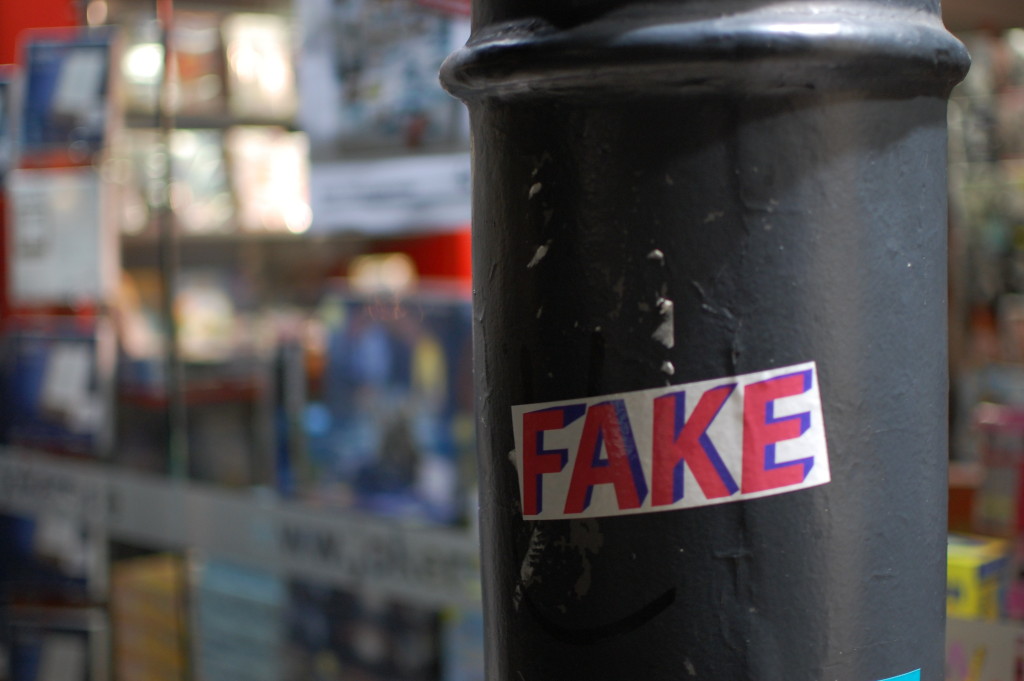The phenomenon of “fake news” has defined the socio-political debate on communication on the net since the U.S. presidential election in 2016. But what, specifically, is “fake news”? How does it work? How does false information differ in the time of net-driven message communication? And above all: What is to be done about fake news? Even though research is still in its infancy, it can already be concluded that fake news has contributed to a qualitative change in societal discussion structure and culture: fake news can have a limited but nonetheless real influence on public opinion.
Fake news differs from classical hoaxes and false canards of the analogue age in that it is launched deliberately. Mass distribution sidesteps professional journalists who must fear a damaged reputation resulting from the repeated dissemination of false reports. Platforms have totally democratized the dissemination of messages, allowing anyone to target and distribute false reports.
Findings from media research suggest that users especially influenced by fake news are those whose worldview fits to the content of such reports. Above all, fake news has the effect of reinforcing opinions. Even when users are rather critical of the content of a news story, various cognitive mechanisms can still lead to the acceptance of information previously evaluated as not credible.
The question “what to do about fake news” has no easy answers. The Friedrich Naumann Foundation for Freedom has commissioned Dr. Philipp Müller and Nora Denner, two emerging communication scientists, to investigate the significance of digital “fake news”. In their report, they shed light on the effect of fake news on public opinion and examine possible solutions. Their recommendations are clear: we must highlight and encourage citizens’ self-responsibility, media competence, and critical faculties. This already starts at school with the enormous diversity of opinions on the internet, where one can find hundreds of followers of the most erroneous theories, becoming the new “normal”. People cannot always decide for themselves whether a message is false or distorted. No one is solely in possession of the final truth. However, getting the facts straight and actively pursuing “counter speech” is a task not only for the media but also for civil society and each individual user. There are numerous initiatives, for example through the CORRECTIV research network, as well as HOAXmap, the Schmalbart network, and the First Draft Coalition, where among others, public television stations ARD and ZDF have already become involved in Germany. In the “market of opinions” (John Stuart Mill), the responsible approach will ultimately prevail in open discourse.
The deletion of fake news from social networks is not a magic bullet. On the contrary: for populists, deletion is only further evidence of the conspiracy of theoretical thinking and an inducement for elite criticism. In this regard, it is likely that vulnerable users retreat to esoteric corners of the internet and thus intensify the social divide. Therefore, The Network Enforcement Act (NetzDG BT-Drs. 18/ 12356) is the wrong approach. There are also warnings that sweeping reports of fake news can have potentially an even more negative impact: for one thing, warnings in newsfeeds are quickly forgotten whereas the original information stays in user’s memory. On the other hand, users can perceive general warnings in their newsfeeds as an encroachment on their autonomous choice and react angrily.
Thus, it is important to focus instruments on the perspective of the user’s self-responsibility. Freedom of information and freedom of expression are indispensable fundamental freedoms for the functioning of democratic societies. Any measures – whether government-dictated or developed by social networks – must take this into account. The report therefore recommends the following measures:
-
promotion of school-based and non-school-based media competency as protection against harmful media influences and to encourage critical user behaviour;
-
the use of warnings before “fake news” is spread. This measure appeals to the user’s own sense of responsibility and is therefore useful;
-
promoting and cultivating a respectful social dialogue to avoid anti- and pro-elitist stock-piling;
-
expansion and linking of international and national research on media usage behaviour as well as the effect of “fake news” for a conclusive assessment of dangers and more effective clarification.
The Internet is and will remain an area of freedom. Anyone can easily publish globally available information at any time. This strengthens the open society. Whoever has doubts may take a look at China and other places that insert virtual walls in cyberspace. “Hate speech” and “fake news” are the challenges which politiciansl, civil society, and every individual must learn from.



